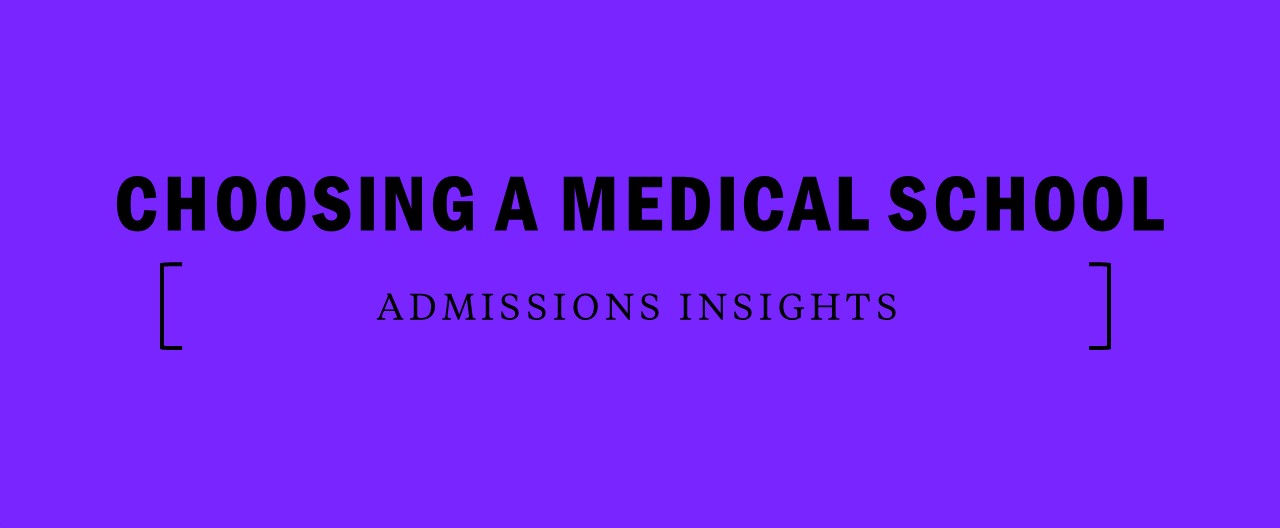How Many Medical Schools Should I Apply To?
You’re applying to medical school. You’ve taken the MCAT, started your AMCAS application, and planned enough time to complete secondary applications and travel to interviews. The medical school application process continues to become increasingly competitive; according to the AAMC, there were 830,016 applications and 21,030 matriculants in the 2016–2017 admissions cycle. With odds like that, it should be obvious that most applicants applied to more than one school, with the AAMC reporting an average of 16 different applications per applicant.
As an aspiring doctor, you have one question remaining: “How many medical schools should I apply to and what factors affect that number?”
Your GPA and MCAT score are both significant factors in deciding how many applications to send out. To see how your GPA and MCAT measure up, compare your profile to the numbers published on the Medical School Admissions Requirement (MSAR) website. When your GPA and MCAT score are on the lower end, it’s wise to apply to a greater number of schools.
If the average applicant applies to 16 schools and your scores are lower than average, you should consider applying to a greater number. If you’re an above-average candidate whose scores are higher than the 75th percentile, you can consider applying to fewer schools. While most medical schools employ a holistic review process, many will use an MCAT score and GPA cutoff for sending secondary applications.
Weigh your in-state and out-of-state options
Schools have varying acceptance rates and levels of preference for in-state vs. out-of-state applicants. The number of your target schools that are in your state will also affect the total number of applications.
For instance, if you live in California, where there are a lot of medical schools, you’ll want to apply to as many programs as possible that give you in-state preference. Unfortunately, some schools have one medical school and others have none. If your state doesn’t have a medical school, find out if there are schools in neighboring states that will give you in-state preference. Limited in-state options mean you should increase your total number of applications.
Strike a balance between “safety” and “reach” schools
Again, make sure to check your application against the AAMC’s published numbers. If you’re applying to higher-tier or more exclusive schools, you should increase the number of schools to which you’re applying.
In general, at least 50% of your schools should fall in an attainable range. That means your GPA and MCAT numbers should be around the 50th percentile or better for these schools. That said, in the medical school application process, there is no such thing as a true “safety school”—only schools to which you’re more likely to be accepted.
A realistic limitation for many applicants in deciding how many medical schools they should apply to is their financial situation. Each primary application costs money—not to mention secondary applications, which can range in cost from $30–$150. If you land interviews, each of those will cost money to attend as well.
Don’t submit a primary application to a school if you’re not willing to follow through and pay for the secondary application. If you are interested in receiving financial aid for the application process, check out the AMCAS fee assistance program to find out if you’re eligible.

